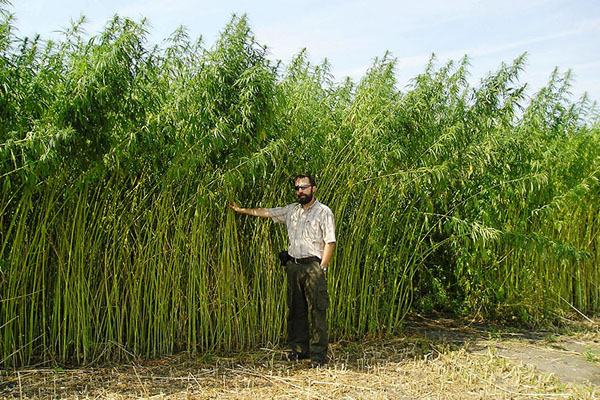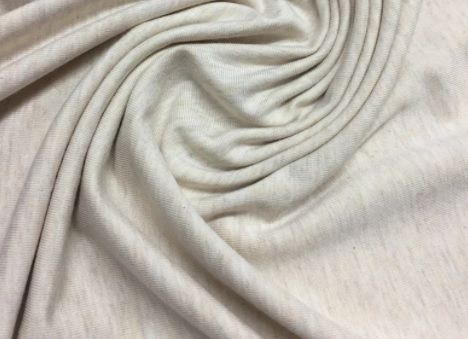Handy Facts On Picking Hemp Clothes
Wiki Article
What Are The Environmental Benefits Of Hemp Clothing That Is Low-Impact?
Hemp clothing that is low impact provides numerous environmental benefits when as compared to clothing made from other materials, particularly synthetic fibers and cotton that is conventional. Hemp clothing provides several key environmental advantages. It is fast growing and requires very little water, herbicides or pesticides. Hemp can thrive in various climates and can adapt to different soil types, reducing the need for chemicals used in agriculture.
Hemp is known to require less water than cotton. Cotton however is known for its water-intensive nature. It makes hemp a sustainable option for garment production.
No Herbicides and Pesticides Hemp can be grown without the need for synthetic pesticides or herbicides in many instances, which reduces the environmental impacts of chemical farming.
Hemp is beneficial for soil health. The deep roots of the plant help to prevent erosion and compaction. Hemp leaves the soil better prepared for the future crops.
Biodegradability- Hemp fibers are biodegradable and will break down naturally over time, thus reducing the environmental impact of waste textiles. Contrast this with synthetic fibers like polyester require many years to break down.
Lower Carbon Footprint- The production of hemp fibers generally has a smaller carbon footprint compared to synthetic materials. In addition, hemp has the ability to absorb carbon dioxide in its growth and act as carbon storage.
Hemp clothing's durability and longevity are well-known. The best hemp clothing will last for a long time, reducing the need for frequent replacements and further reducing consumption.
Hemp plants possess natural insect resistance, which decreases the need for chemical pest control.
Hemp is a versatile fabric that can be used to make bags, clothing or accessories.
Regenerative Agriculture - Some sustainable farming practices use hemp in regenerative agricultural systems which seek to improve ecosystems and improve them while producing crops. It could have positive effects on the environment.
The sustainability of clothing is dependent on numerous factors including the dyeing process and transport as well as the consumer behaviour. As in any industry, you can find various production methods and standards. This is why it's important to search for organic hemp clothing or certified hemp clothes. This will ensure the most environmental benefit. Read the recommended read this on hemp clothing for more examples including 100 hemp t shirt, hemp t shirt mens, hemp garments, patagonia hemp jacket, hemp jacket, patagonia hemp work pants, patagonia volley shorts, hemp shorts patagonia, hemp fabric clothing, hemp active wear and more.

What Makes Hemp Fibers Water-Wicking And Breathable?
Hemp fibers are water-wicking and breathable. They also possess thermoregulatory characteristics because of their unique chemical and structural features. These properties result from the combination of the following aspects Microscopic Structure Hemp fibers are hollow, porous structure which allows air to flow within the fibers. Hemp textiles are highly air-tight due to their porosity. When woven or knitted into fabric, this structure allows air to circulate through and promotes ventilation while preventing the entrapment of heat and moisture against the skin.
Hemp fibers can be used to absorb water as well as wick away moisture. They are able to absorb moisture and sweat from your skin when you wear hemp clothing. This prevents a sensation of dampness. The hemp fibers can also distribute moisture across a wider surface which allows it to evaporate faster. The moisture-wicking properties keep you dry and comfortable throughout sports or in hot temperatures.
Hemp fibers are naturally insulating. In cold weather, they can hold heat close to the body, allowing warmth. They also permit the heat and moisture to escape in hot weather which helps to cool down. The inherent thermoregulatory capability of hemp is ideal for clothing worn in a variety of conditions and temperatures.
Hemp fibres possess antimicrobial properties that help to stop the growth of bacteria causing smells. This feature helps keep hemp clothing clean and free of odors, even after intense physical exertion.
Hemp fibres are strong and durable. They can last for a long time. Wearing hemp fibers will retain their breathable and moisture wicking ability even after repeated washings and use. This increases the lifespan of hemp clothing, decreasing their need to be replaced and reducing the environmental impact.
UV Protection- Hemp fibres offer a natural UV protection that shields the skin from harmful UV radiation. Being able to block UV rays is what makes hemp clothing ideal for outdoor activities.
It's important to note that these characteristics are inherent in hemp fibers, and are not dependent on chemical treatments or other additives. Hemp has natural properties that make it an eco-friendly and comfortable choice for clothing. These qualities are also preserved when hemp fibers become textiles. They are the most sought-after materials for eco-friendly clothing. Check out the top rated hemp clothes info for website recommendations including jungmaven clothing, womens hemp clothing, hemp tee shirts, patagonia hemp work pants, hoodlamb coat, hemp trousers, hemp mens jeans, organic hemp fabric, patagonia hemp pants, dash hemp clothing and more.

What Are The Benefits Of Wearing Bamboo Clothes In Terms Of Comfort And Environment?
Bamboo clothing is a great choice for comfort and the environmental.
Bamboo fabric is renowned for its softness. It is silky smooth texture that feels great against your skin. Bamboo clothing is extremely soft and popular for activewear, loungewear, intimate clothing, and other kinds of clothing.
Breathability Bamboo fibers breathe and wick away moisture. The micro-gaps in the fabric permit air to flow which keeps you comfortable and cool in hot weather. The moisture-wicking properties help remove sweat from the body, which reduces dampness.
Bamboo clothing is ideal for thermoregulation. The clothing can keep you warm by trapping the body heat. It can also help keep you cool in hot weather by allowing excessive heat and moisture to escape. Bamboo clothing is appropriate to wear throughout the year since it can adapt to different temperatures.
Hypoallergenic Bamboo fabric is hypoallergenic, and gentle for skin that is sensitive. Bamboo is less prone to irritate or cause allergic reactions.
Bamboo fibers are naturally antimicrobial properties that prevent the growth and spread of bacteria which causes odor. This feature helps to maintain the freshness of bamboo clothing, even during physical activities.
Environment-
Sustainable- The bamboo plant is a sustainable, renewable resource. Bamboo is among the fastest-growing species of plant on the planet. It requires a minimum amount of water to grow and requires no pesticides. Bamboo is harvested and the plant will re-grow by regrowing its roots.
Bamboo is water efficient by nature. It can be grown without irrigation, and is typically planted with rainwater only. This minimizes the negative environmental impact of water consumption in agriculture.
Biodegradability. Bamboo clothes are biodegradable. They naturally decay with time. This feature helps to reduce the quantity of non-biodegradable clothing waste that ends up in landfills.
Carbon Sequestration. Bamboo plants can sequester carbon dioxide from the air as they expand quickly. Bamboo farming can reduce greenhouse gas emissions and serve as a carbon source.
Chemical Reduction- The manufacture and processing of bamboo textiles typically requires fewer chemicals than other textiles. This helps reduce the impact on the environment that textile manufacturing produces.
Closed Loop Production- Certain bamboo fabrics are manufactured using closed loop systems that make use of recycled chemicals and water, thus reducing the amount of the amount of waste.
It is important to remember that the impact on the environment of bamboo clothes can differ according to the particular manufacturing process employed and whether the bamboo utilized for manufacturing is harvested from sustainable and ethically managed bamboo forests. For the best environmental results consumers should select bamboo clothing produced with eco-friendly and ethical practices. See the top koraoutdoor.com outdoor clothing for website advice including bamboo clothing, bamboo hawaiian shirts, bamboo newborn clothes, bamboo cotton shirts, bamboo ave shorts, bamboo cay christmas shirts, bamboo family pajamas, bamboo yoga trousers, bamboo activewear, bamboo viscose pajamas and more.
